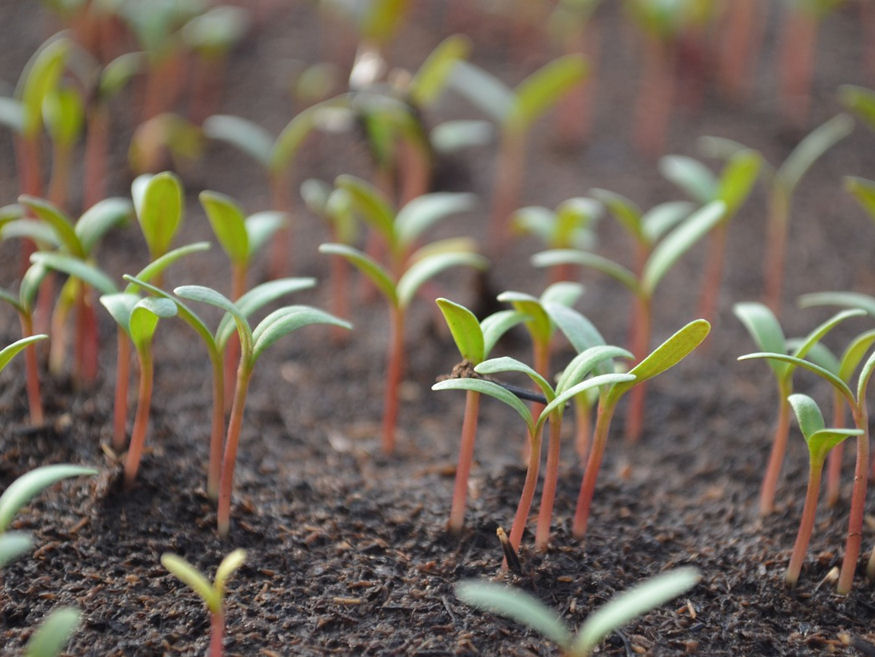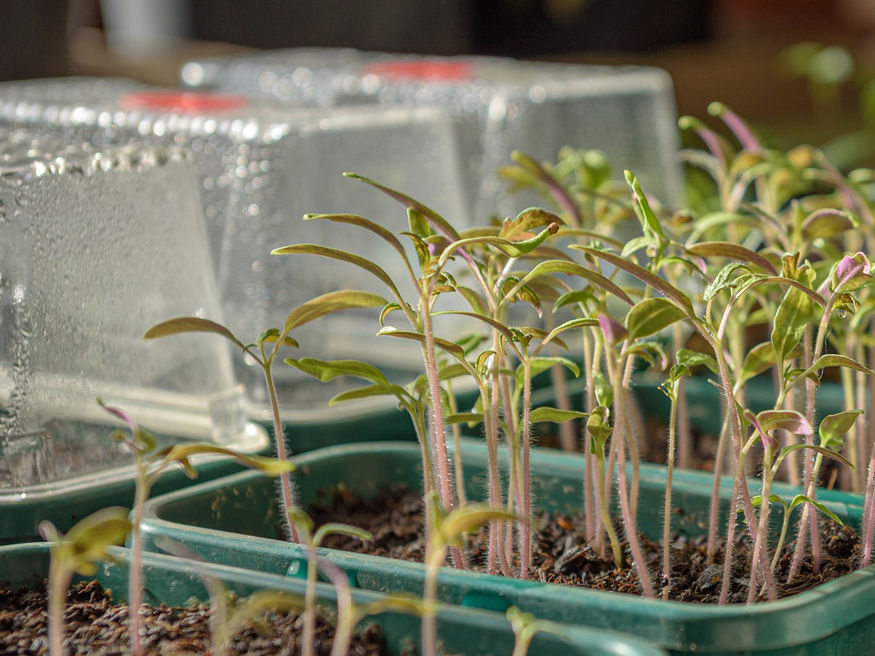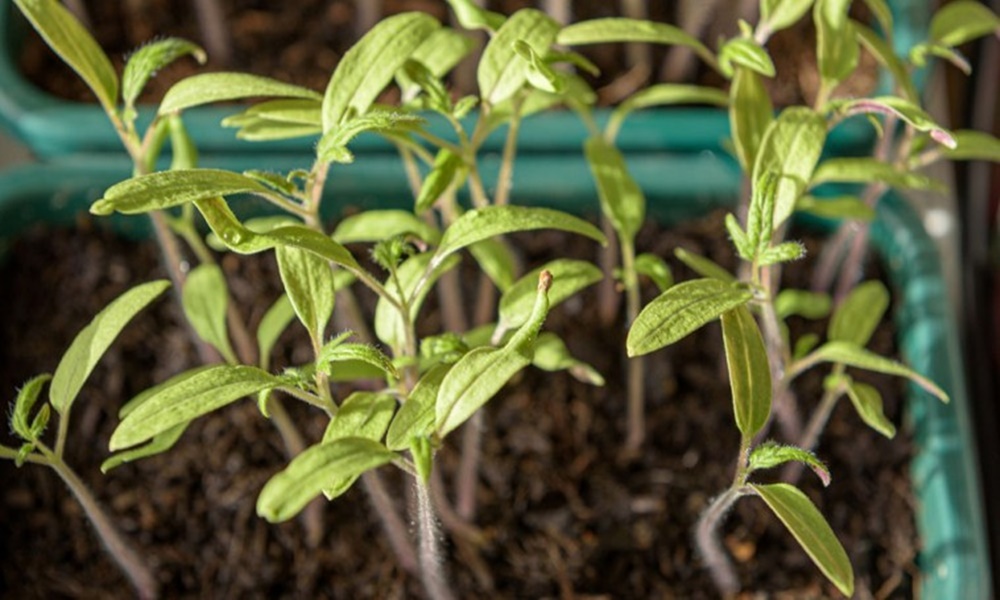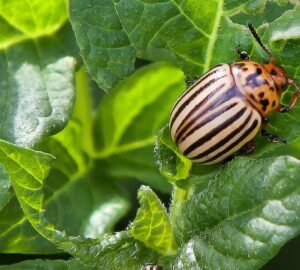Growing tomatoes from seed can be a rewarding experience, allowing you to cultivate a variety of delicious tomatoes in your garden. While the process may seem straightforward, there are essential considerations to ensure success. In this article, we will guide you through the steps, from choosing the right time to plant the seeds to transplanting healthy seedlings into your garden.
Choosing the Ideal Time for Tomato Seed Sowing
February: The Perfect Time to Begin
The end of February marks the start of the tomato seed-sowing season. However, the key to success lies in maintaining the correct temperature. To germinate, tomato seeds require a consistent temperature above 18°C, with a minimum of 16°C. It is vital to prevent the temperature from dropping below this even during the night. In regions with temperate climates, such as northern regions, it is advisable to sow tomato seeds indoors or in a heated greenhouse.

Creating the Ideal Growing Environment
Selecting the Right Soil Medium
To provide your tomato seeds with a strong start, it’s essential to use a high-quality seed starting mix. This specialized medium contains minimal salt and is free of fungal spores and other pathogens. Under no circumstances should you plant tomato seeds in compost soil.
The Importance of Light
Tomato seeds require ample light to germinate. Starting the sowing process too early, before the days lengthen, can result in leggy, pale and weak plants. To get started, choose a bright, warm location, such as a windowsill. In cases of less favorable light conditions or unheated surroundings, consider waiting until mid-March to sow your seeds.

Sowing Tomato Seeds
Proper Seed Sowing Techniques
When sowing tomato seeds, use small pots or seed starter trays filled with seed starting mix. Loosely cover the seeds with about 5 mm of soil, pressing them gently into the surface. Be sure to water the seeds thoroughly to prevent them from drying out. To create a conducive environment for germination, cover the pots or trays with a sheet of glass or transparent film. Alternatively, an indoor greenhouse can be an effective solution. The optimal germination temperature ranges from 22 to 25°C. If the temperature drops at night, germination may be delayed.
Addressing Temperature Fluctuations
Be mindful of temperature fluctuations, especially in the early stages. Stone window sills can cool down significantly during cold nights, potentially harming your seedlings. To counter this, place a polystyrene tray under the pots when using stone sills. Once your tomato plants have sprouted and become more robust, you can remove the tray. Remember to maintain a consistent watering schedule for your seedlings.

Transplanting Your Seedlings
Moving Seedlings to Outdoor Soil
Once your tomato seedlings have developed their second pair of leaves, they are ready for transplanting. Choose soil slightly enriched with artificial fertilizer to support their growth. It is safe to plant tomato seedlings outdoors from the middle of May, ensuring that all threat of frost has passed.
Embarking on a Tomato-Growing Adventure
As you embark on your tomato-growing adventure, remember that timing and environmental conditions are crucial factors for success. Starting your seeds at the end of February in a suitable location with the right temperature and lighting will give your tomato plants the best start. By following these guidelines, you can look forward to enjoying a bountiful harvest of fresh, homegrown tomatoes in your garden. Happy gardening!









